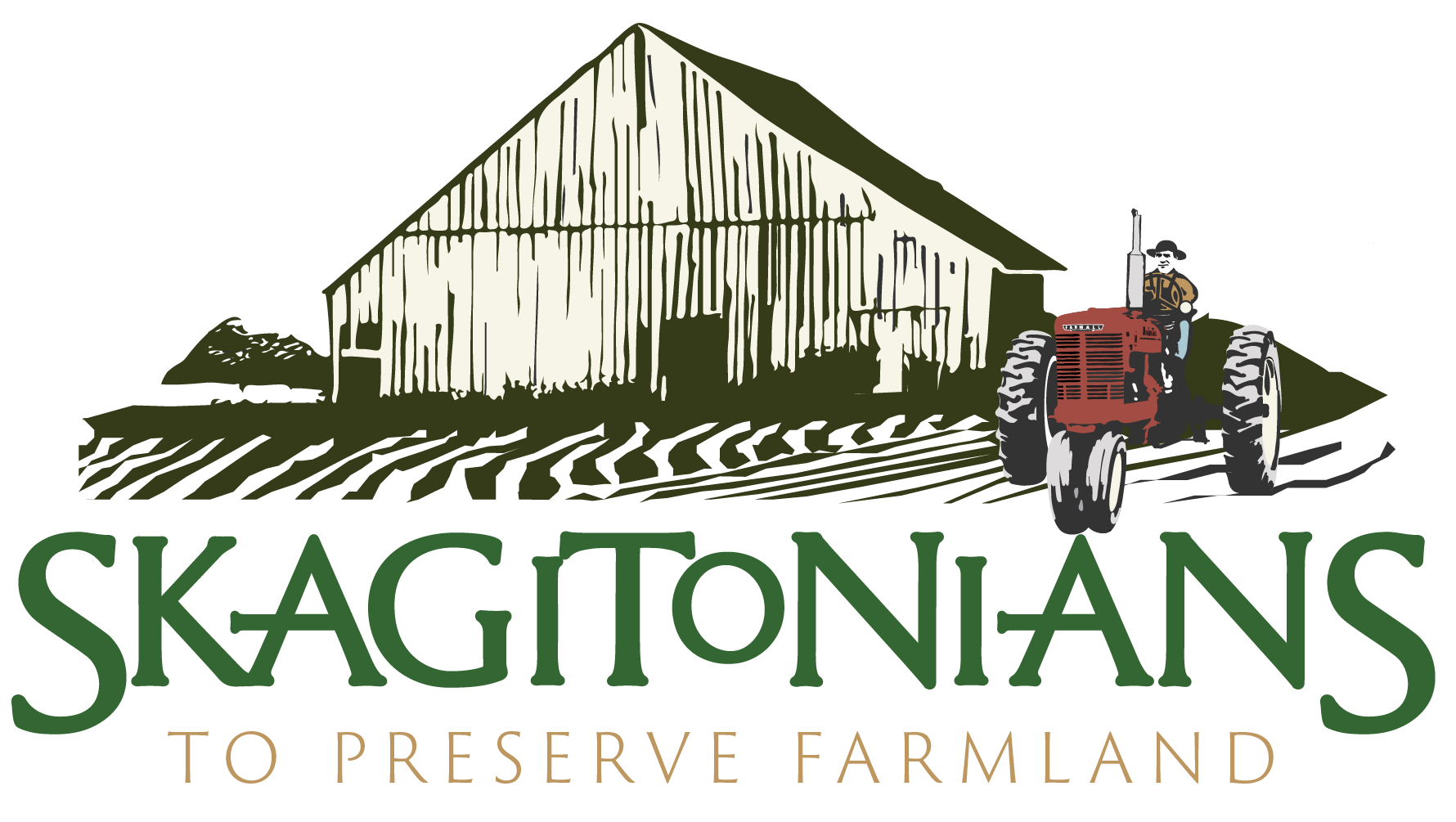The Dirt Issue 21 - Northwest Agricultural Research Foundation
Agricultural Research from the Ground Up
From its earliest days as a World War II-era response to severely falling cabbage seed production, the then Northwest Seed and Truck Crop Laboratory, Inc. has been a pivotal and utterly essential contributor to the agricultural success of the Skagit Valley.
Now known as the Northwest Agricultural Research Foundation, or NARF, the 70-plus years it has been active have seen remarkable advances in agricultural output and knowledge through applied research.
What is NARF?
According to its mission, “NARF exists to support, directly or indirectly, experimental and research-related work in connection with the control of diseases; insects; cultural, fertility, and soil problems; and, [the development of] crops and plant breeding, selection, and testing to enhance yield, quality, and economic return. NARF promotes agriculture, business, government and private individuals working together for this purpose.”
How Does it Work?
Let’s say you’re a farmer in the Skagit Valley and you’re having issues with your crop. How do you go about fixing it? Because so many challenges facing that farmer are specific to conditions encountered just here (as opposed to a more regional issue) it may not work out to rely on solutions developed elsewhere.
This is where NARF is most effective. Over the years, an efficient protocol has been adopted starting with the most basic premise, identify the problem. Usually it’s a complication that adversely affects production like a newly-emerging or worsening disease/pest, or perhaps a cultivation method that isn’t doing the job.
The next thing is to seek out others who are affected; it’s never just one farm. By meeting with others dealing with the same problem, the need for research becomes clearly defined.
NARF not only facilitates such meetings, but is often directly involved in them as it maintains a number of key crop advisory committees with members directly involved in production. With experience gained over the decades, NARF’s crop advisory committees distill the various issues into presentation format and meet with WSU researchers to recommend research priorities.This occurs annually in conjunction with the July Field Day at WSU Northwest Washington Research & Extension Center (NWREC) in Mount Vernon.
In September, WSU researchers respond with research proposals which set forth study parameters, timelines and budgets.
The Final Step Before Research Can Begin
We’re all familiar with this fact of life: The number of problems to be solved always exceeds the money available to tackle them. Therefore, the final hurdle is to prioritize the research proposals and, if they rank highly enough, secure the funding and schedule the research.
How Are Projects Paid For?
NARF plays an important role is helping to leverage sufficient funds to pursue a study. Whether research funds are secured within a formal growers’ commission, a consortium of producers and processors, or other means, NARF is able to leverage the various levels of contributions with other key stakeholders like the Port of Skagit to bring enough funding to bear.
This method is effective because so much funding is based on the principle, “I’ll help you if you first help yourself.” By starting with that first farmer and working upward through private and public funding resources, key research studies get done.
Decades of Noteworthy Accomplishments
If boasting were its style—which it’s not—NARF would have a lot to brag about. Advances such as “breaking the green bridge” in cabbage seed production which halted the intrusion of pathogens by completely reworking cultivation methods; identifying or even breeding plant varieties that thrive under local growing conditions; and finding solutions to soil-borne diseases or climate-driven insect infestations, these and so much more are the fruit of NARF’s good work.
But, the good goes deeper than these outcomes. NARF has given growers the ability to be part of the research that affects their success and fostered a synergy of the academic with actual agricultural production.
